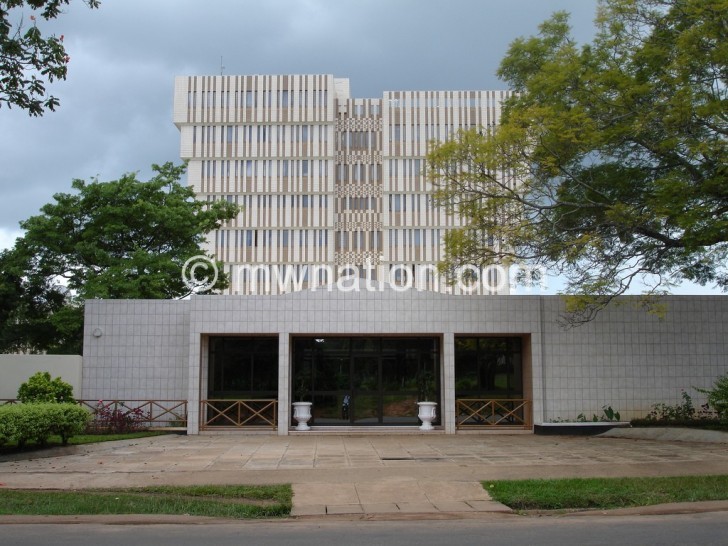Savings deposits up in Q3, RBM figures show
The Reserve Bank of Malawi (RBM) figures show that Malawi’s savings deposits have jumped in the last two quarters, pushing up money supply.
The development, according to RBM’s Third Quarter Economic Review, has resulted in a back- to-back growth in annual money supply, which edged up to 24.8 percent in the third quarter of 2021 from 22.3 percent in the preceding quarter and 14.1 percent in a corresponding quarter of 2020.

Reads the report in part: “The growth rate was explained by components of money supply such as demand deposits [a savings bank account from which deposited funds can be withdrawn at any time] and time and savings deposits [an interest bearing bank account with a fixed term]which recorded annual increase of K109.8 billion and K86 billion, respectively.
“Further, currency in circulation and foreign currency denominated deposits also increased by K85.4 billion and K79.8 billion, year-on-year, respectively.”
The report shows that on a quarterly basis, the stock of money supply growth in the quarter was also taken up by the demand and time and savings deposits.
In an interview on Sunday, Malawi University of Business and Applied Sciences economics professor Betchani Tchereni said the development could be as a result of Covid-19 where people have made profits but are in a wait-and-see mode in terms of investment.
He said: “With Covid-19, many have not invested their money but are saving in anticipation for a better investing environment as a result savings have risen.
“The profitability which has been generally good for the financial sector and some manufacturing companies could also be a reason for this.”
Malawi fares poorly in terms of savings as figures show that savings in the country are minimal and compares unfavourably to other African countries whose average is at around 12 percent.
In Malawi, figures show that the savings rate has remained stagnant at a paltry 4.4 percent for the past three years.





